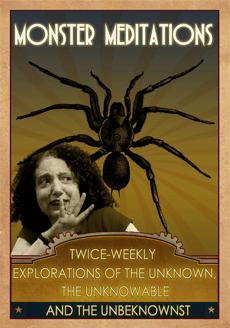Lately my reading has been all over the map— mysteries, thrillers, historical romances, paranormal, history and more. Setting aside the characters (historical figures) in non-fiction, I’ve found that too may authors introduce characters as a whole. These fictional personae are either entirely external —think one of those inexpensive, hollow, milk chocolate Easter bunnies— or they are hard-packed snowmen (or snowwomen) the same inside and outside.
Neither description suits real people OR their counterparts in fiction. A person has layers —like an onion— that can be peeled gradually over the course of a story, just the way we get to know one another over time. I’ve known many of my friends for decades. Some of these relationships go all the way back to college, high school or even elementary school, you’d think that I’d know everything about my friends, but they are still able to surprise me. And I’m sure I can still surprise them.
In fiction, characters need to have a serious coherence. Readers don’t enjoy characters that act “out of character” and yet…they want enough realism so that characters grow and actions come out of this growth as the story rolls on. That’s where the onion metaphor is useful. One of the books that inspired this post introduced three protagonists as big, fat snowmen without the promise of multiple layers; another author gave the reader an army of hollow bunnies.
Learning from the “mistakes” of other authors is important. Do you have any thoughts on peeling onions to find the dramatis personae to share?





The best surprises for me in fiction tend to come from unexpected pairings no matter the story element. No character is all one thing, so it’s great when a character has a quirk that sets them apart and makes them memorable.
As the novel-in-progress has a huge cast of characters, I’m trying to create levels of quirks and original personality traits so I don’t wind up with a overly weird variety pack. I’ve read that one, too. Each character has some kind of peculiar/memorable quirk and winds up reduced to that singular descriptor. I’m sure you’ve read stories with the Sherlock Holmes smart protagonist who is unable to experience emotions, the loving all-supportive helpmate with an addiction (gambling, food, shopping, alcohol) and the evil mastermind with an overriding obsession (collecting, killing, controlling the world…). Oh, my… I think I just described half the TV crime shows and popular movies. LOL….
But yes, I agree that no character is ONE thing and that’s where the layers come in. Just like people, they can be contrary and confusing. I want to create characters that are just a tad larger than life so that their faults, flaws and good points make sense and there’s a coherence in their decision making process, while keeping it interesting and surprising.
Have I set the bar high enough? Getting ready to JUMP!!!
I think the trick to quirks is that they have to mean something. If the person is constantly running his fingers over his key chain (just to be random), what does that mean? Was the key chain given to him by someone important? Is he nervous about something (if so, what?) and the key chain soothes him for some reason (if so, what reason?)? This is what adds depth. (Not that I always follow my own advice – I tend to focus the “depth work” on the major characters and not worry as much about the minor players).
One of my favorite character writers is Wilkie Collins. In the “Woman in White” (I think), there is a very minor character who only shows up 2-3 times, but the first time we meet her is utterly memorable. An exuberant character telling a wild tale breaks one of the family tea cups, and she spends the rest of his story staring sadly at the cup. It took all of one sentence to write, but it fixed her personality clearly in mind.
But spending some time thinking about internal conflicts, motivations, and goals can help flesh out a character, as well as thinking about both their positive AND negative qualities.
Yes! Those layers are revelations — of past experiences, of world views, of family histories, of failures and goals and…
A characters playing with a key chain (or twisting a ring or tapping his pocket, etc.) is telling a piece of their story in every action. A good storyteller can use those small, subtle actions to reveal a great deal. Just like that broken tea cup, the layer is more than it appears to be.